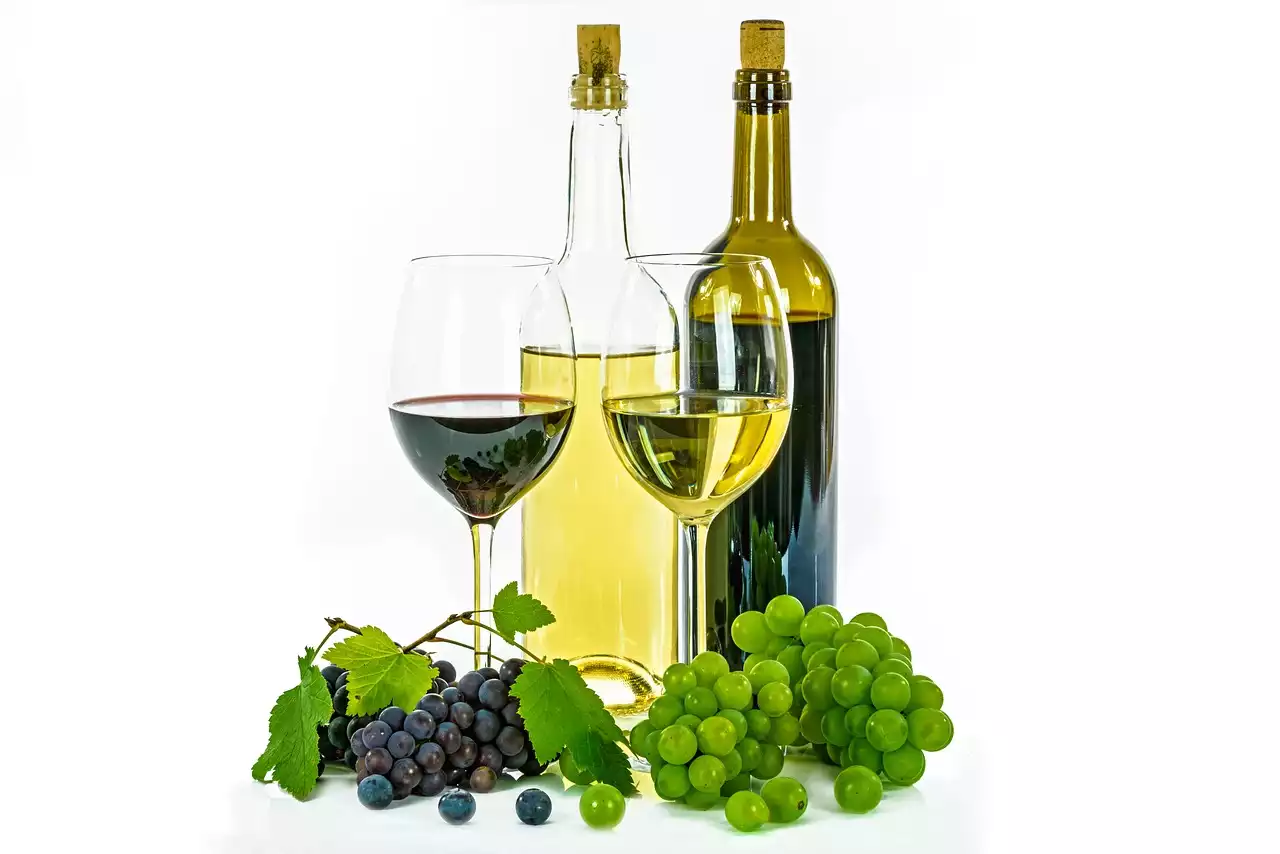France is home to some of the world's most famous and beloved wines. From the refreshing whites of Champagne to the bold and full-bodied reds of Bordeaux, French wine has made an indelible impact on the world of wine. But with so many regions, varieties, and styles to choose from, navigating the world of French wine can be overwhelming. That's why we've put together the ultimate guide to French wine, covering everything from the history and production to the best pairings. Whether you're a seasoned oenophile or simply looking to expand your wine knowledge, this comprehensive guide has everything you need to know about French wine. We'll explore the country's most iconic wine regions, such as Burgundy and the Rhone Valley, and delve into the unique production methods that make French wine so special. Plus, we'll offer expert tips on how to perfectly pair French wines with your favorite dishes. Get ready to become a French wine expert with our ultimate guide.
History of French wine
France has a long and storied history when it comes to winemaking. The country's wine production dates back to ancient times, with evidence of vineyards and wine production as early as the 6th century BC. The Romans played a significant role in the development of French wine, introducing new grape varieties and winemaking techniques.
During the Middle Ages, French wine production flourished, with monasteries and noble families owning vast vineyards. It was during this time that the concept of terroir, the unique combination of soil, climate, and geography, became integral to French winemaking. The monks, in particular, played a crucial role in preserving and developing winemaking knowledge, passing it down through generations.
In the 17th and 18th centuries, French wine gained international recognition and became a symbol of luxury and refinement. The wines of Bordeaux and Burgundy, in particular, gained fame for their exceptional quality and complexity. French wine continued to evolve, with new regions emerging and new winemaking techniques being refined.
Today, French wine holds a revered status in the world of wine, with each region offering its own distinct style and character. The history of French wine is deeply intertwined with the country's culture and traditions, making it a fascinating subject for wine enthusiasts and historians alike.br/>
Production of French wine
French wine production is governed by strict regulations and traditions that have been carefully honed over centuries. The country is divided into several wine regions, each with its own unique characteristics and winemaking practices. Understanding these regions and their production methods is essential to truly appreciate French wine.
One of the key aspects of French winemaking is the concept of terroir. Terroir refers to the combination of factors, including soil composition, climate, topography, and grape variety, that influence the final character of the wine. French winemakers believe that these factors contribute to the unique expression of each wine and strive to preserve and enhance these characteristics.
In Burgundy, for example, winemakers focus on single grape varietals, such as Pinot Noir for red wine and Chardonnay for white wine. The region is known for its complex and elegant wines, which reflect the specific terroir of each vineyard. Bordeaux, on the other hand, is famous for its blended wines, combining different grape varieties to create balanced and harmonious flavors.
French winemaking also places a strong emphasis on tradition and craftsmanship. Many winemakers continue to employ traditional methods, such as hand-harvesting and manual grape sorting, to ensure the highest quality. Oak aging is another common practice in French winemaking, adding complexity and depth to the wines.
Pairings with French wine
Pairing French wine with food is an art in itself. With such a diverse range of flavors and styles, there is a French wine to complement every dish. Understanding the characteristics of different wines and their compatibility with various foods is key to creating a harmonious pairing.
In general, French white wines, such as Chardonnay and Sauvignon Blanc, pair well with seafood, poultry, and creamy sauces. The crisp acidity and refreshing flavors of these wines help to cut through rich and creamy dishes, balancing the flavors.
For red wine lovers, French red wines offer a wide range of options. Lighter reds, such as Pinot Noir from Burgundy, are excellent choices for dishes like roasted chicken, grilled salmon, or mushroom risotto. These wines have a delicate balance of fruitiness and earthiness that complements the flavors of the food.
On the other hand, full-bodied reds, like Cabernet Sauvignon from Bordeaux or Syrah from the Rhone Valley, are better suited to heartier dishes, such as beef stew, roast lamb, or aged cheeses. The robust flavors and tannic structure of these wines can stand up to the bold flavors of these dishes.
When it comes to dessert, French wines have you covered as well. From the sweet and luscious Sauternes to the delicate and effervescent Champagne, there is a French wine to satisfy every sweet tooth. These wines can be enjoyed on their own or paired with desserts like fruit tarts, chocolate mousse, or crème brûlée.
In conclusion, French wine is a world of discovery waiting to be explored. From its rich history and diverse production methods to its incredible range of flavors and pairings, French wine offers something for everyone. Whether you're a beginner or a seasoned wine enthusiast, diving into the world of French wine is an exciting and rewarding journey. So grab a glass, savor the aromas, and enjoy the magic of French wine.






